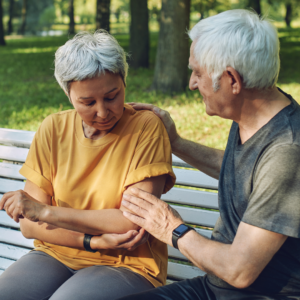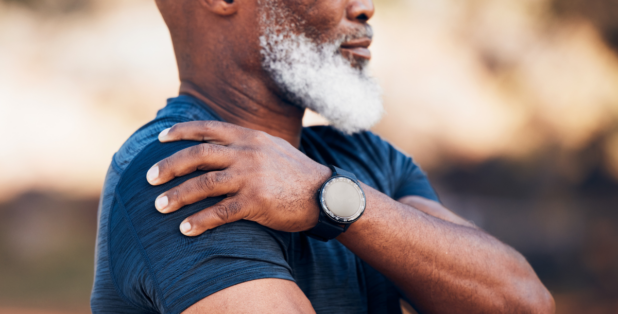A wide variety of patients experience shoulder pain at some point in their lives, and for many, total shoulder replacement is the traditional option when surgery is required. But, for patients with large rotator cuff tears, or advanced arthritis disease, reverse shoulder replacement surgery is becoming an increasingly viable option.
According to the Mayo Clinic, reverse shoulder arthroplasty, also known as reverse total shoulder replacement, is when a surgeon replaces both the ball and socket of the shoulder but reverses the implants, attaching the ball to the shoulder blade and the socket to the upper arm bone – basically reversing the native anatomy.
Today, the popularity of reverse shoulder arthroplasty is steadily growing. In 2011, the number of reverse shoulder replacements performed in the U.S. totaled less than 23,000. For comparison, by the end of 2023, it is estimated that there will be 200,000 reverse shoulder replacements performed in the U.S. alone.
So, let’s dig into why this innovative shoulder procedure is skyrocketing in popularity.
What makes someone a reverse shoulder candidate?
With an aging and more active patient population, large rotator cuff tears are increasingly common. Subsequently, more patients and surgeons are looking toward reverse shoulder arthroplasty as a preferred surgical option, especially for patients who have developed cuff tear arthroplasty, a complex form of shoulder arthritis where the muscles and tendons around the shoulder joint have deteriorated. As reverse shoulders rely on different muscles to move the arm, they’re better suited for these patients with severe rotator cuff tearing.
Patients with shoulder fractures or proximal humerus tumors may also benefit from a reverse shoulder, as well as patients who underwent unsuccessful traditional total shoulder replacement.
What can I expect after reverse shoulder arthroplasty?

According to John Hopkins Medicine, the majority of patients who undergo reverse shoulder arthroplasty report positive results, including significant pain reduction, range of motion improvement, and an overall increased quality of life.
However, prior to your procedure, it’s important to prepare in advance and understand what the recovery process might look like:
- Follow your doctor’s advice and be aware of your limitations post-surgery. While you recover, you may have to avoid certain arm positions or lifting objects.
- After the procedure, it will take time to regain your range of motion. Prepare your house in advance so you don’t need to reach for basic items, like dishware.
- Ask for help! Make sure that you have support at home to help with everyday tasks following the procedure.
If you are experiencing shoulder pain that is unresponsive to other treatments, talk to your doctor to determine if reverse shoulder arthroplasty might be right for you. Or if your shoulder is not in the advanced stages of arthritis, the OVOMotion with Inlay Glenoid Total Shoulder Replacement could be an option as well.
As the popularity of this procedure has increased, new technologies have emerged – including the recently launched RevoMotion Reverse Shoulder Arthroplasty System from Anika. To learn more, use our Find a Doctor tool to get connected to a local expert familiar with our potential solutions.




